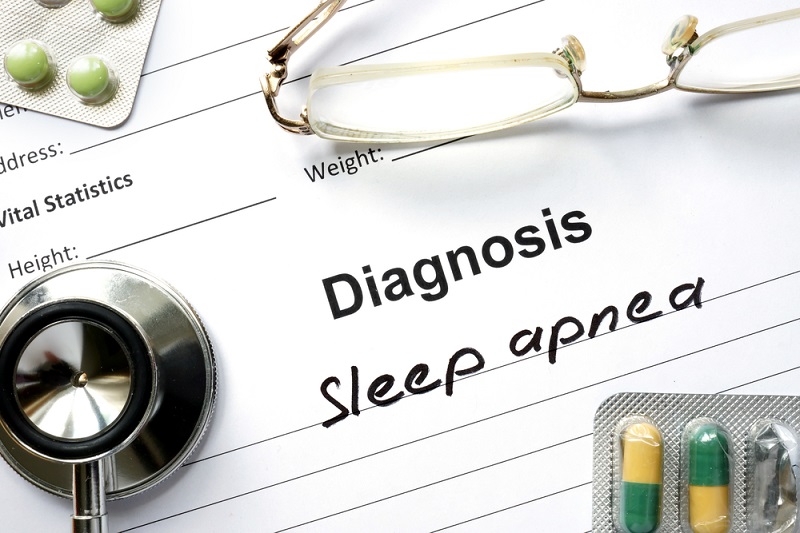Sleep Apnea – The Types and Risk Factors
Obstructive sleep apnea is a frequent and severe disorder in your sleep, causing you to stop breathing. The airway is blocked, again and again, limiting the airflow into your lungs. You may snore loudly when you try to respire in this case. The oxygen is being deprived to your brain and body, and you may wake up. This can happen several hundred times a night, or more severe. If diagnosed, sleep apnea treatment is a must.
Types of Sleep Apnea
You can suffer from three types of sleep apnea for which you should immediately visit a sleep clinic in OKC. Here is some information on it to keep you aware.
Obstructive Sleep Apnea
Obstructive Sleep Apnea (OSA) is the most common form of sleep apnea, and approximately 4% of males and 2% of females are thought to be affected by it. However, only about 10% of people with suspected OSA seek treatment, so that leaves most OSA sufferers undiagnosed.
Stages
Mild: The patient has 5 - 14 episodes of breathing interruptions in an hour.
Moderate: 15 - 30 episodes of breathing interruptions are experienced within an hour.
Advanced: The individual is subjected to 30 or more breathing interruptions per hour.
Symptoms
Loud snoring
Breathing breaks caused by an obstruction
Restless sleep
Morning Headaches
Depression or agitation
Tiredness for frequent sleep interruptions
Central Sleep Apnea
Central Sleep Apnea (CSA) occurs when the brain temporarily fails to indicate the breathing muscles. CSA is more of a communication problem than obstructive sleep apnea, which can be thought of as a mechanical problem.
Symptoms
Breathing trouble during sleep
Daytime drowsiness
Snoring
Breathing shortness, irregular sleep
Difficulty in focusing
Chronic weakness
Morning headaches
Mood swings
Mixed Sleep Apnea
A combination of obstructive and centralized sleep apnea symptoms is mixed sleep apnea. Some patients who are treated with the use of CPAP machines for obstructive sleep apnea develop central sleep apnea symptoms following therapy. This phenomenon was noticed in sleep laboratories long ago, but not previously investigated. In 2006, Mayo Clinic researchers conducted a study of 223 sleep apnea patients and found that 15% of OSA-patients were mixed sleep apnea.
Effects of Sleep Apnea
If untreated, the risk of medical problems in Sleep apnea may increase, including:
High blood pressure
Diabetes
Heart failure, and heart attacks
Headaches
Stroke
Worsening of ADHD
Depression
Untreated sleep apnea may also be responsible for poor school performance in children and adolescents, and for adults, problemsat work and even risks of car crashes.
Contact us at Oklahoma Otolaryngology Associates for consultation with one of our sleep clinic specialist in OKC if you are a resident of Oklahoma and think you may have symptoms of sleep apnea. We can help you to determine whether your sleep symptoms need to be studied to aid in your sleep distress being diagnosed and treated.
**Disclaimer: The information on this page is not intended to be a doctor's advice, nor does it create any form of patient-doctor relationship.


